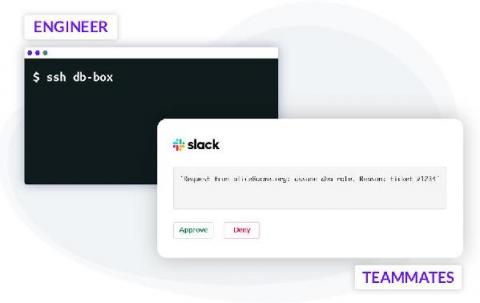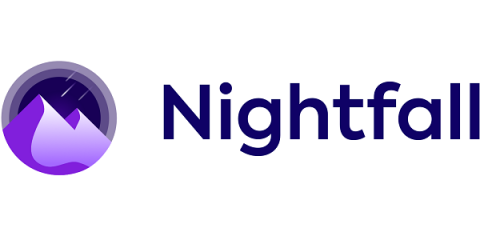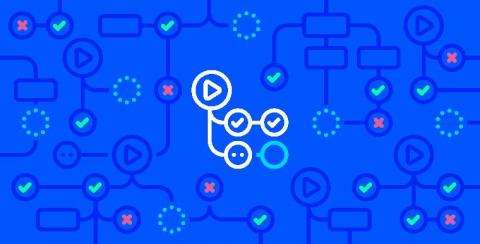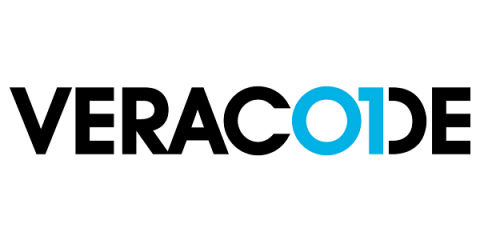EventSentry on GitHub: PowerShell module, templates and more!
Since we’ve accumulated a lot of resources around EventSentry that are updated frequently, we’ve decided to launch a GitHub page where anyone can access and download scripts, configuration templates, screen backgrounds and our brand-new PowerShell module that is still under development.










